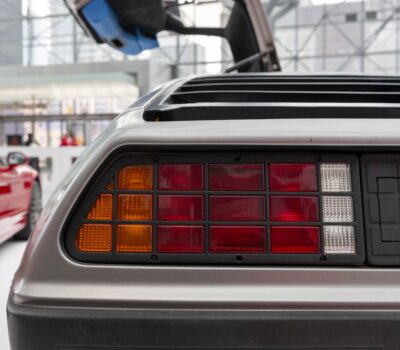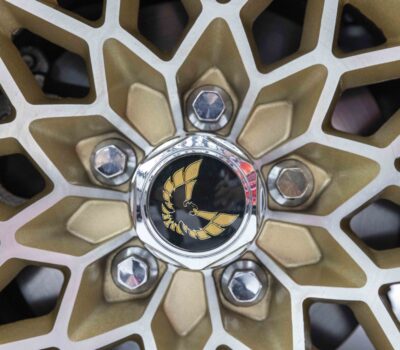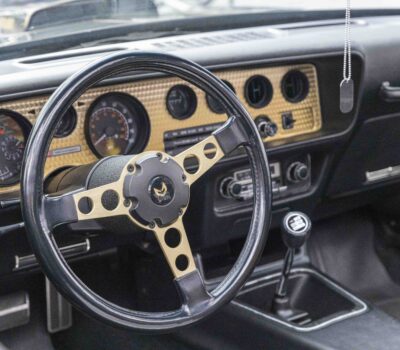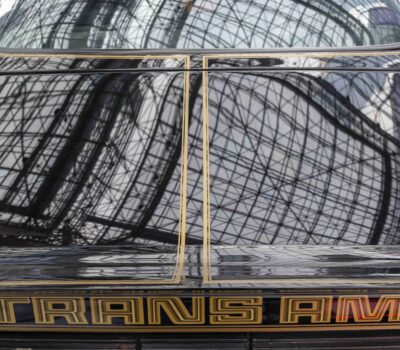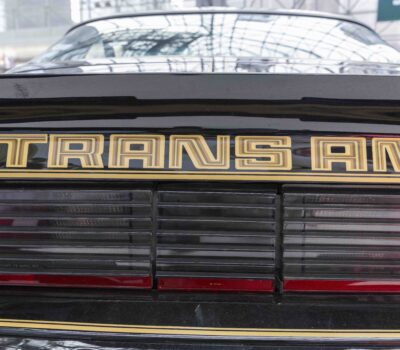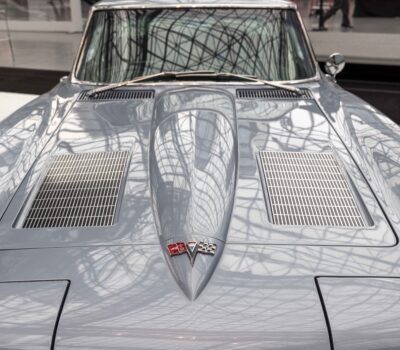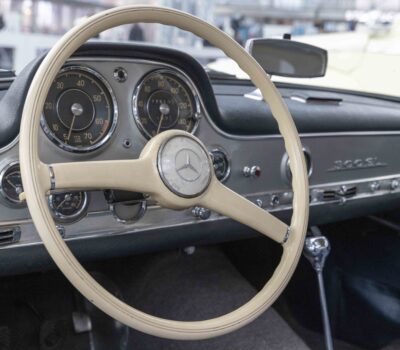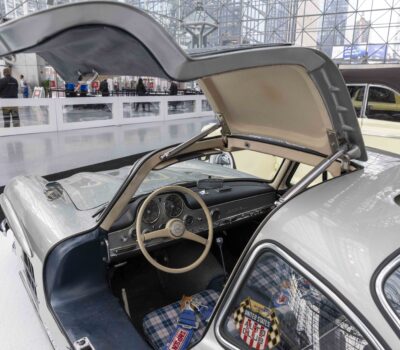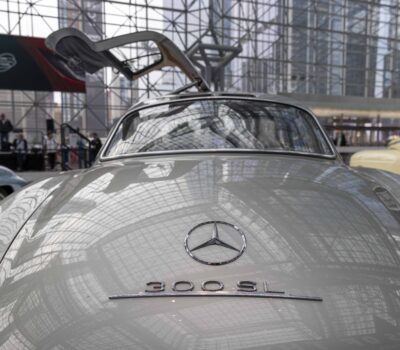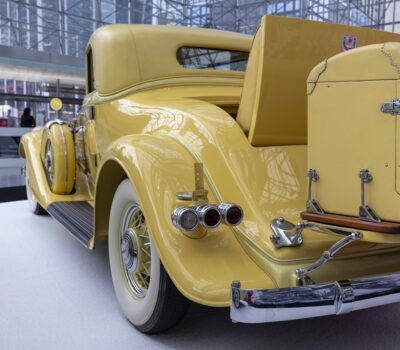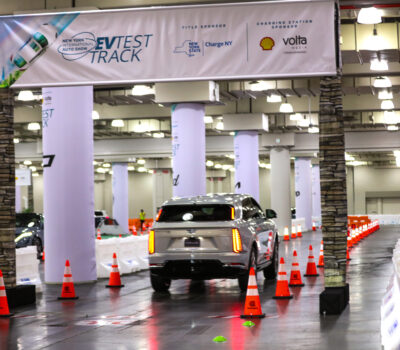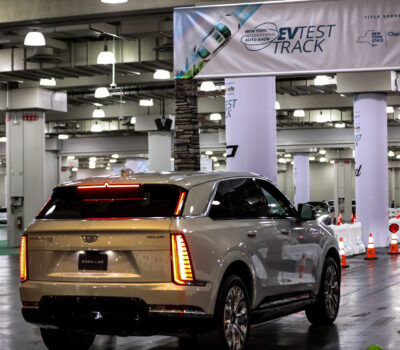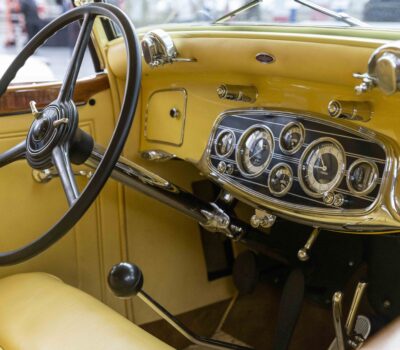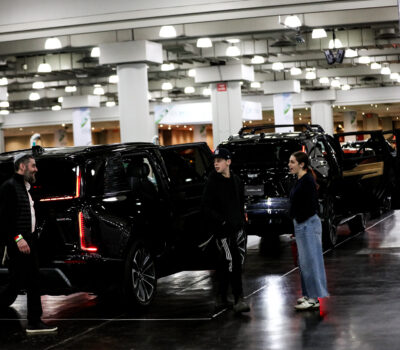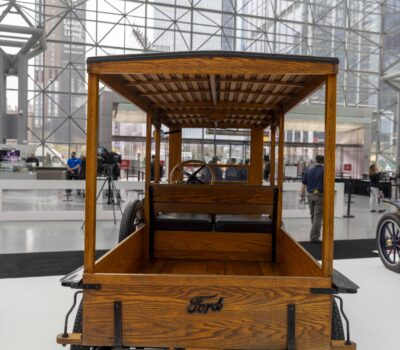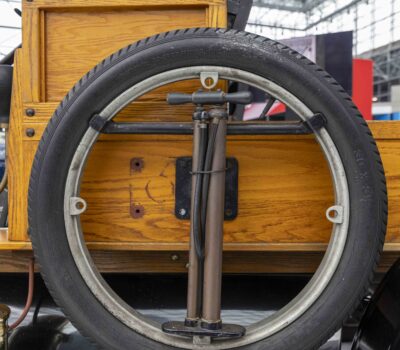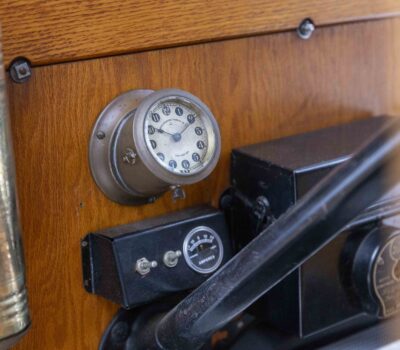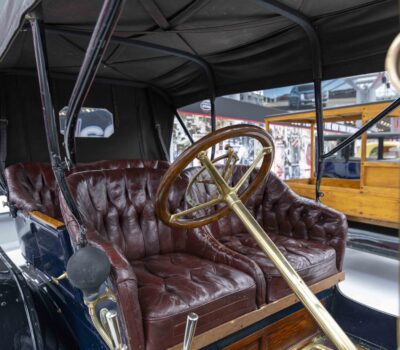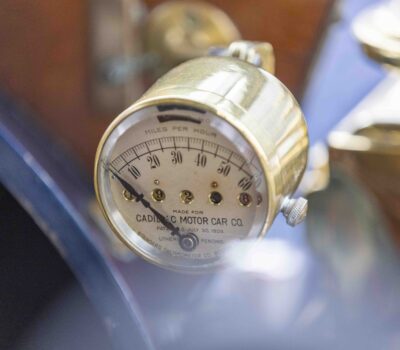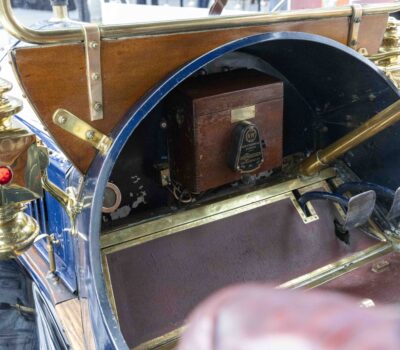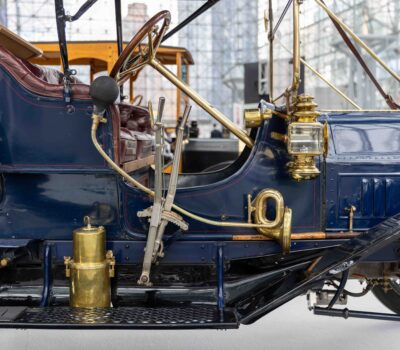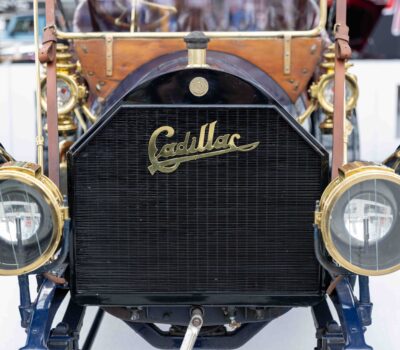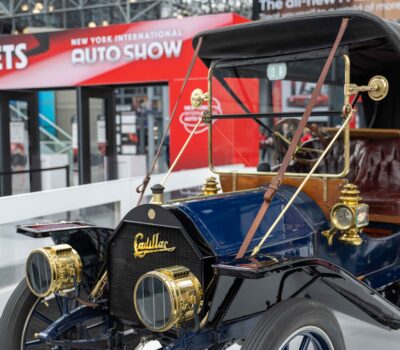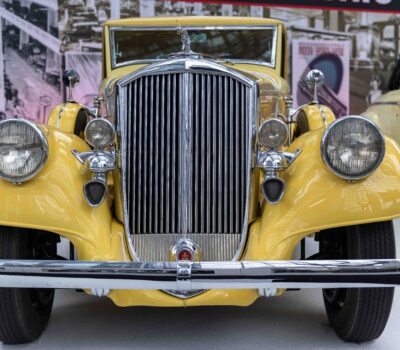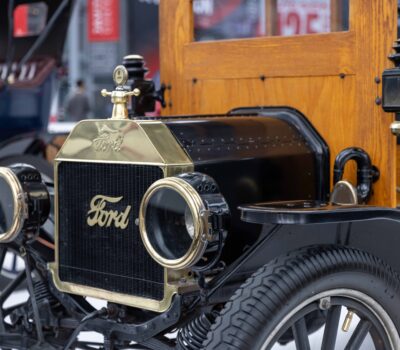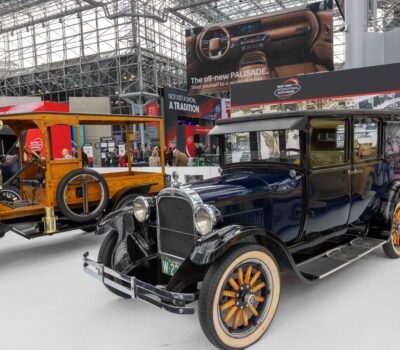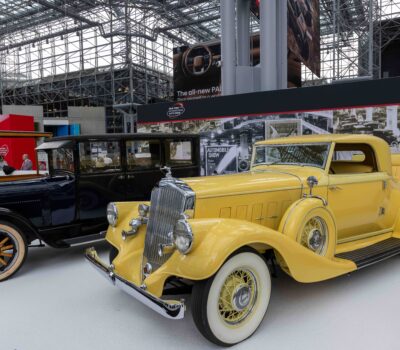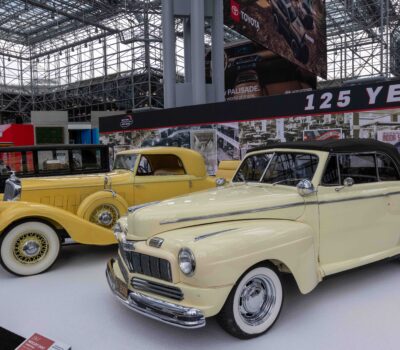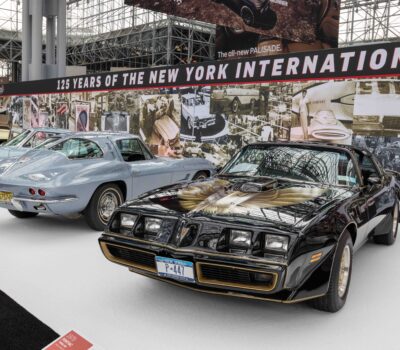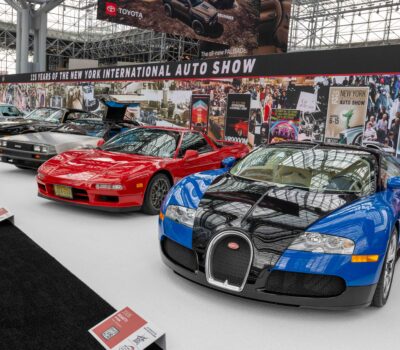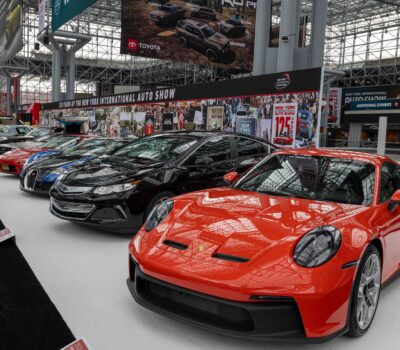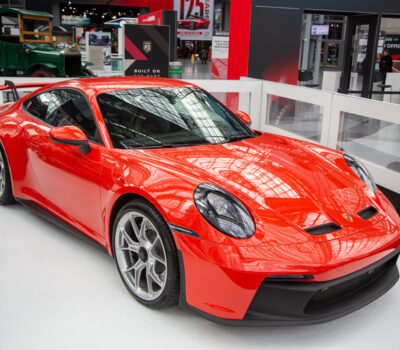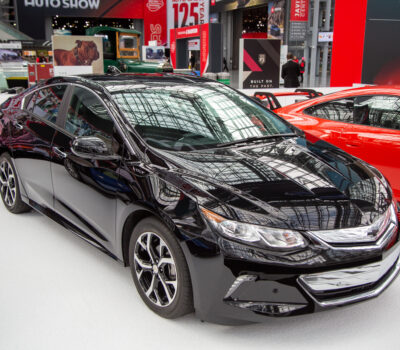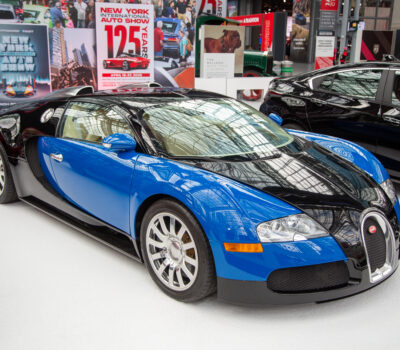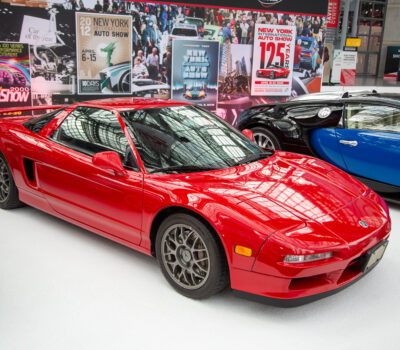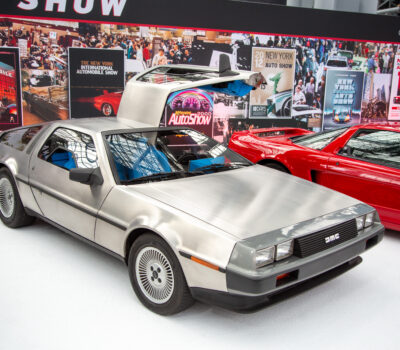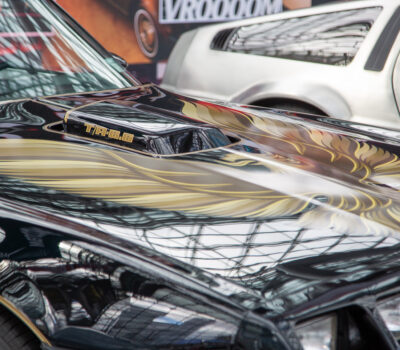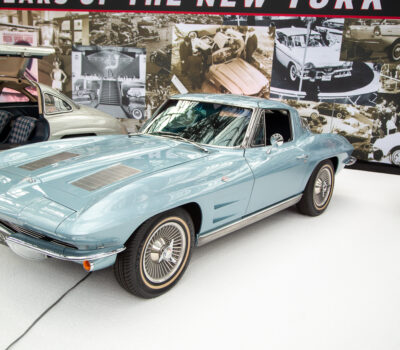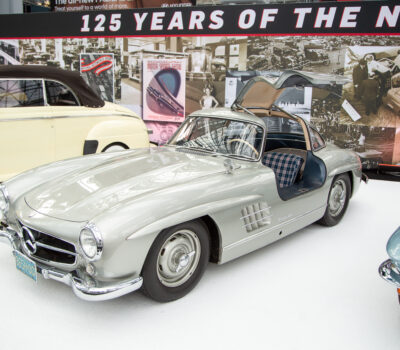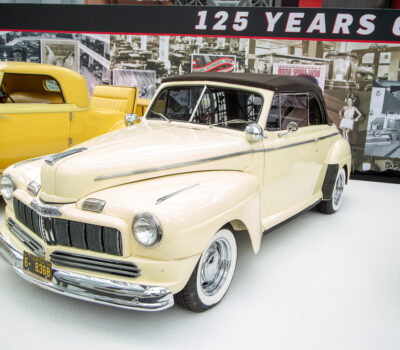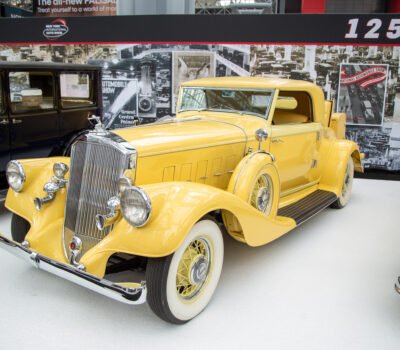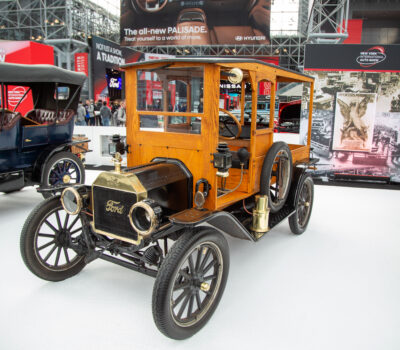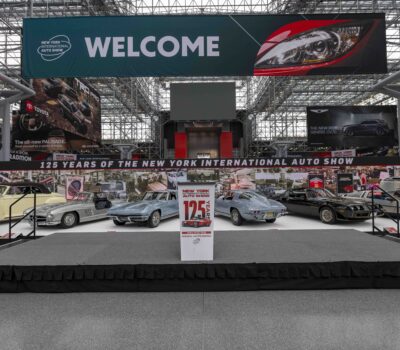New York Auto Show Heritage Display


125 Years of the New York Auto Show
The New York Auto Show has stood as a beacon of automotive innovation and progress. As we commemorate our 125th anniversary in 2025, this special exhibition invites you on a journey through time, showcasing the evolution of the automobile and the pivotal role our show has played in shaping the industry.
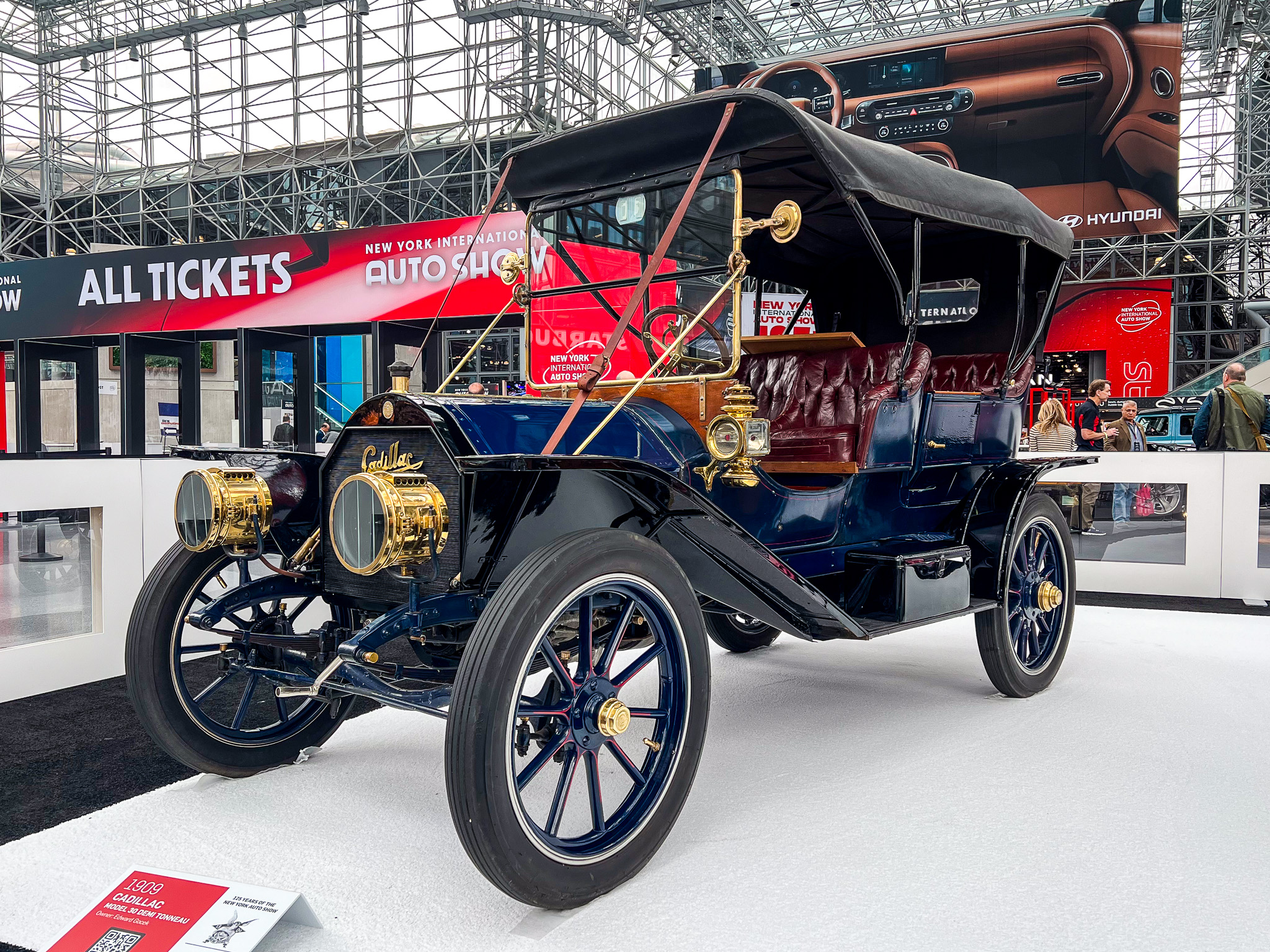
1909 Cadillac Model 30 Demi Tonneau
The Cadillac Model 30 was a game-changer, introducing the first mass-produced vehicle with interchangeable parts, a breakthrough that revolutionized auto manufacturing. Powered by a 30-horsepower, four-cylinder engine, this stylish Demi Tonneau (half-tonneau) featured elegant brass fittings and a roomy, open-air design. It offered both luxury and practicality, making it a popular choice for the era’s growing number of wealthy car buyers.
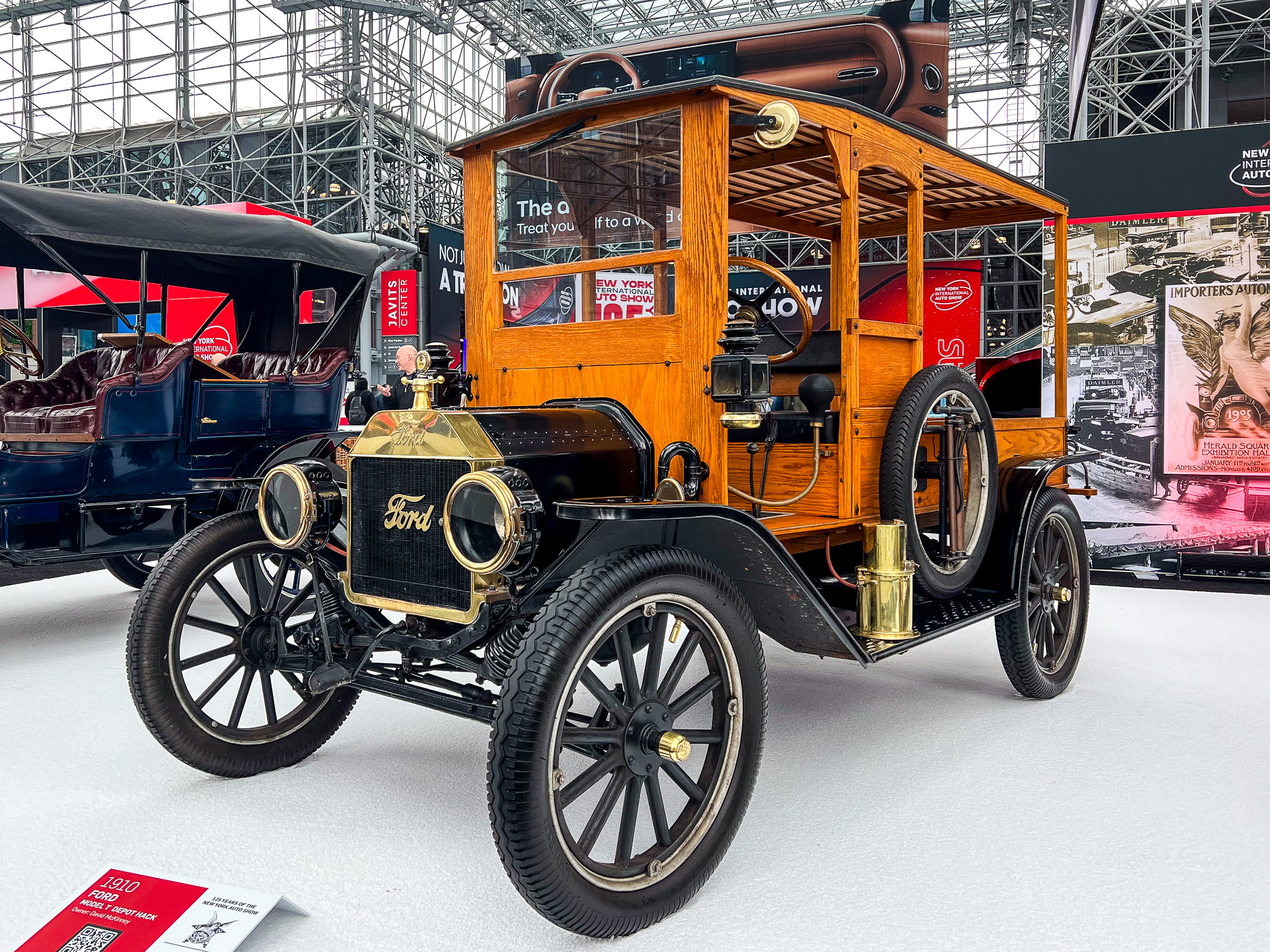
1910 Ford Model T
The Ford Model T, affectionately known as the “Tin Lizzie,” was the car that put America on wheels. Introduced in 1908, the Model T became wildly popular by the 1910s thanks to Henry Ford’s assembly line innovation, which dramatically reduced production costs. With a 20-horsepower, 4-cylinder engine, it could reach speeds of 45 mph—a thrilling pace for its time. Its affordability made car ownership a reality for the middle class, transforming transportation forever.
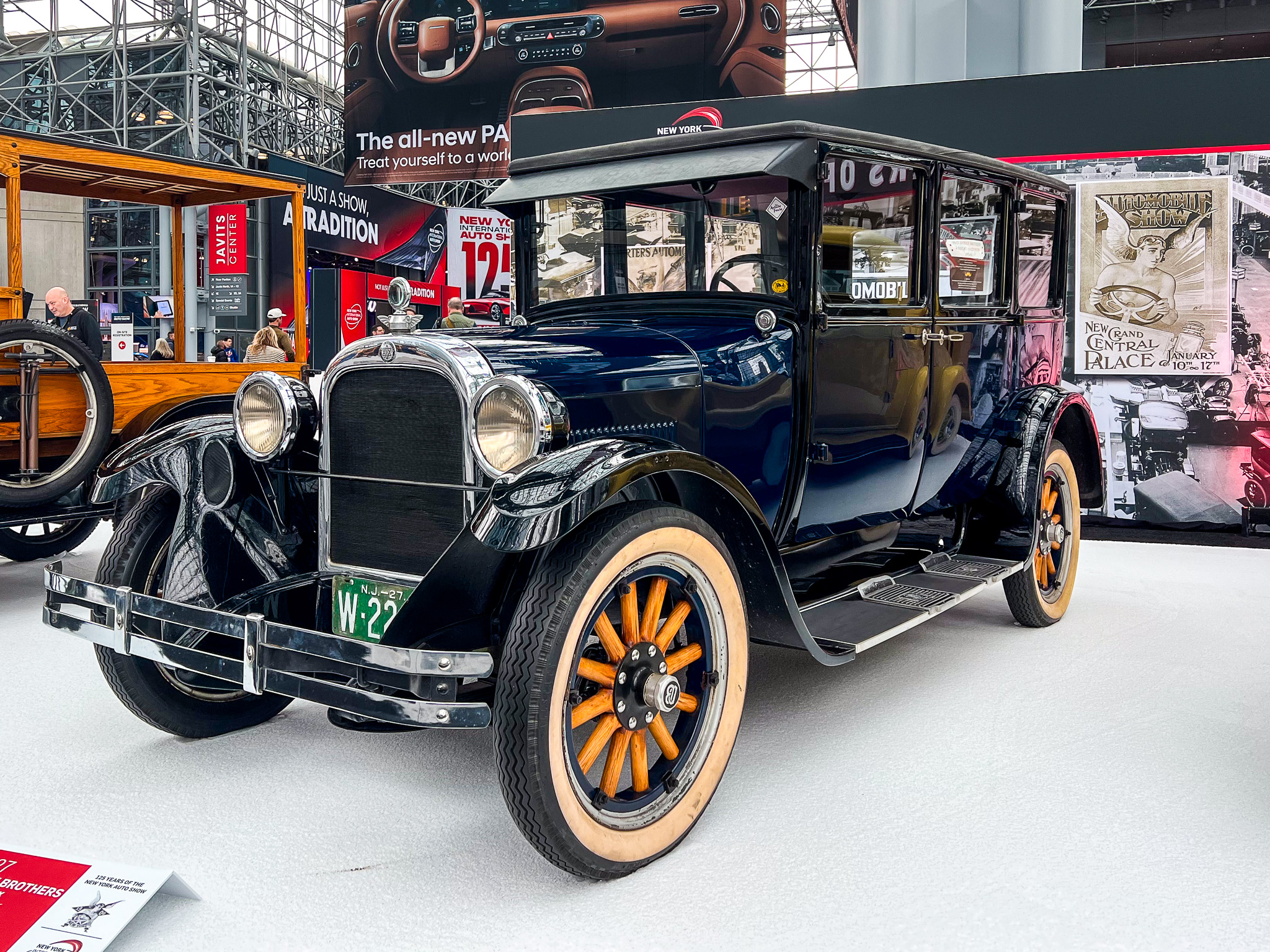
1927 Dodge Brothers Standard Six
The 1927 Dodge Brothers Standard Six embodied the spirit of the Roaring Twenties with its blend of rugged reliability and refined styling. Equipped with a 58-horsepower, inline-six engine, it offered smooth performance and durability. Known for its advanced engineering, including four-wheel hydraulic brakes, the Standard Six was a favorite among drivers seeking safety, comfort, and style during the Jazz Age.
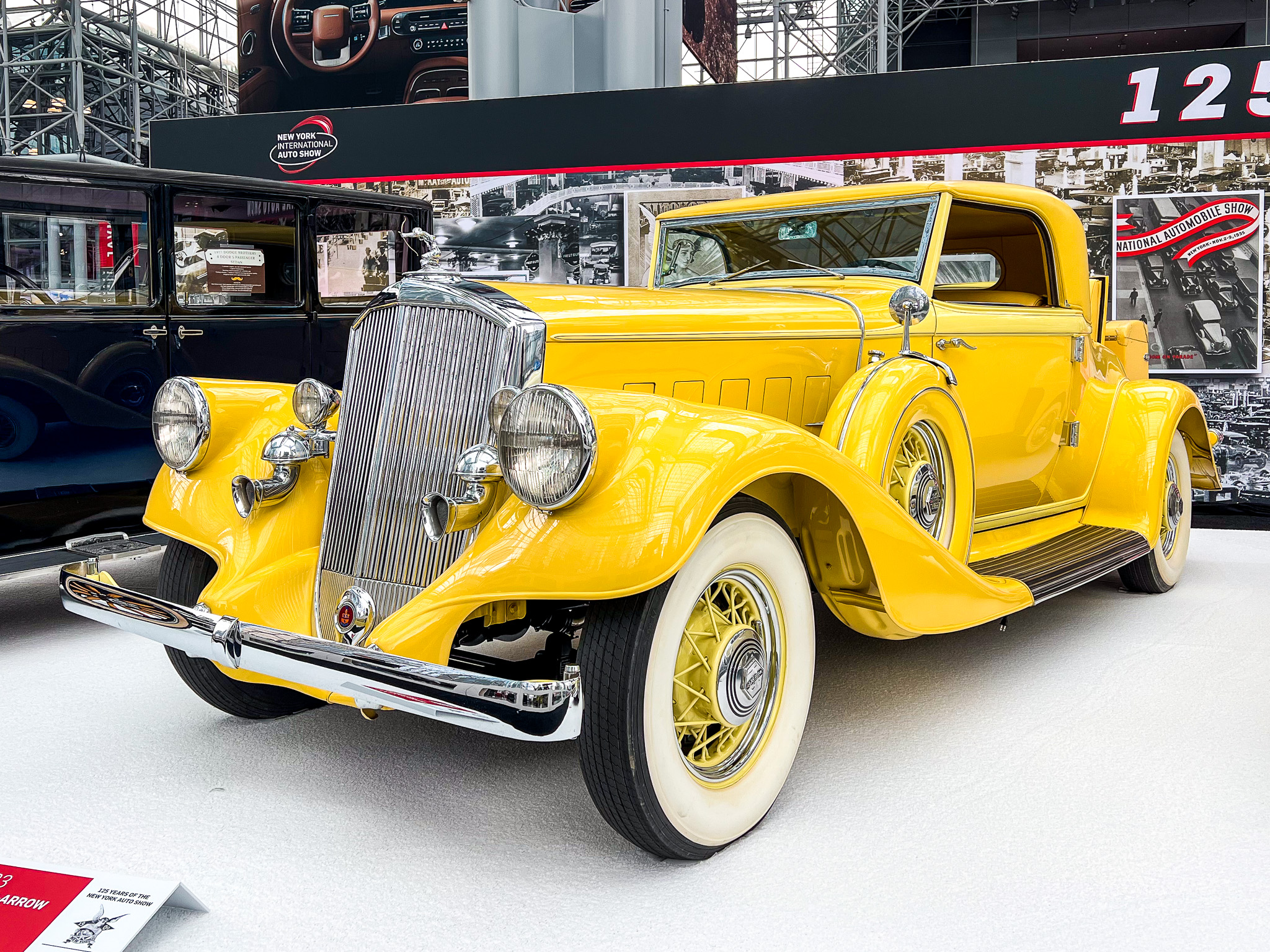
1933 Pierce-Arrow Model 1247
A symbol of Great Depression-era luxury, the 1933 Pierce-Arrow was the epitome of elegance and craftsmanship. This Model 1247 featured a V12 engine delivering 175 horsepower—remarkable for its time. Its streamlined Art Deco design, with flowing fenders and distinctive fender-mounted headlights, made it a standout. Pierce-Arrow cars were favored by celebrities and dignitaries, showcasing American luxury at its finest.

1947 Mercury Eight Convertible
The 1947 Mercury Eight Convertible captured the optimism of post-war America with its sleek, curvaceous design and powerful performance. Powered by a 239-cubic-inch, flathead V8 engine, it produced 100 horsepower, delivering smooth highway cruising. Its distinctive waterfall grille and convertible top made it a favorite for stylish motorists, symbolizing the return of elegance and freedom after WWII.
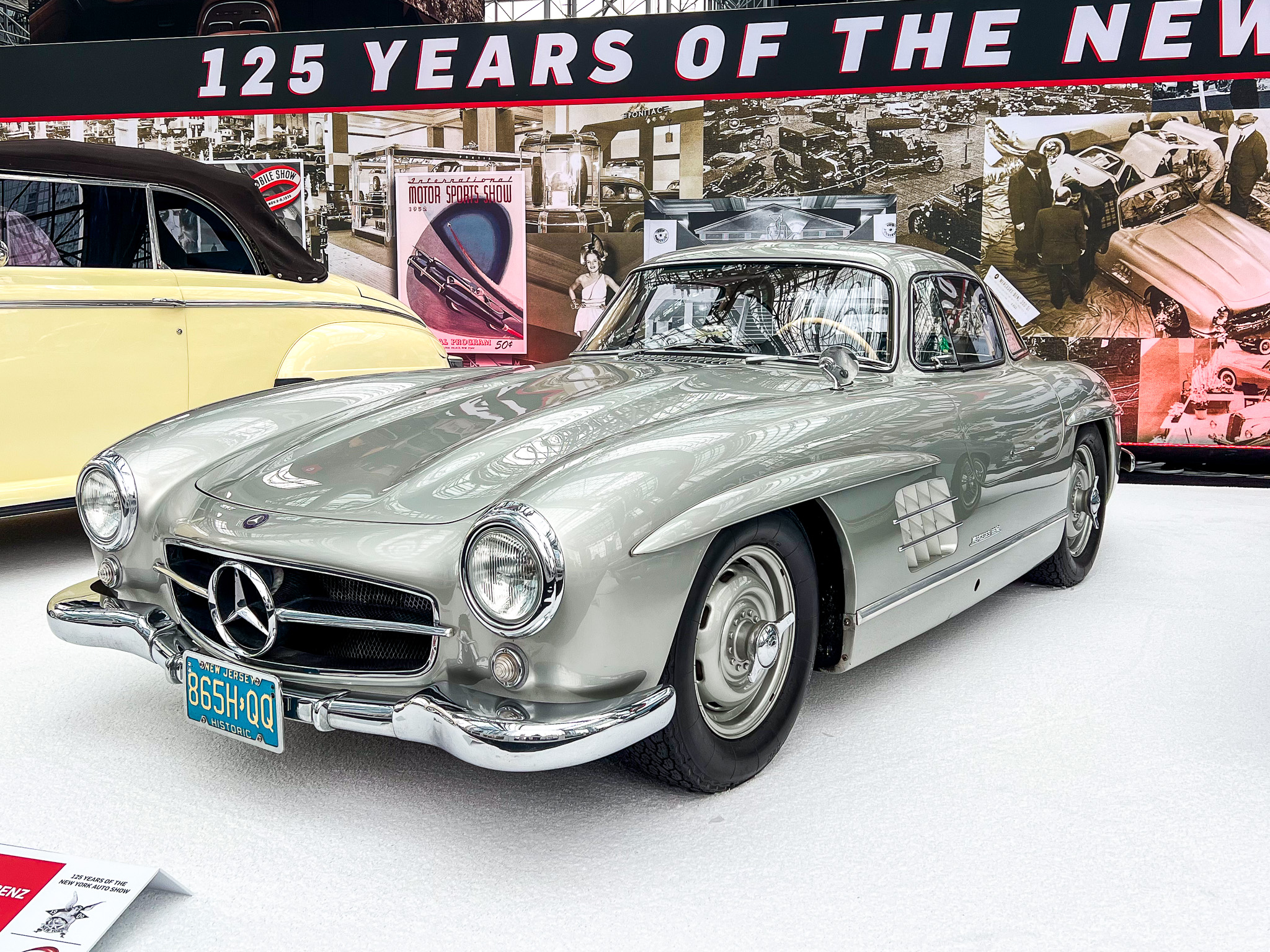
1955 Mercedes-Benz 300SL Gullwing
The Mercedes-Benz 300SL Gullwing is a true automotive icon, instantly recognizable by its signature upward-opening doors. Built from 1954 to 1957, it was the world’s first production car with fuel injection, allowing its 3.0-liter inline-six engine to produce 215 horsepower. With a top speed of 160 mph, it was the fastest production car of its time. Its stunning aerodynamic design and racing pedigree made it a legend on and off the track.
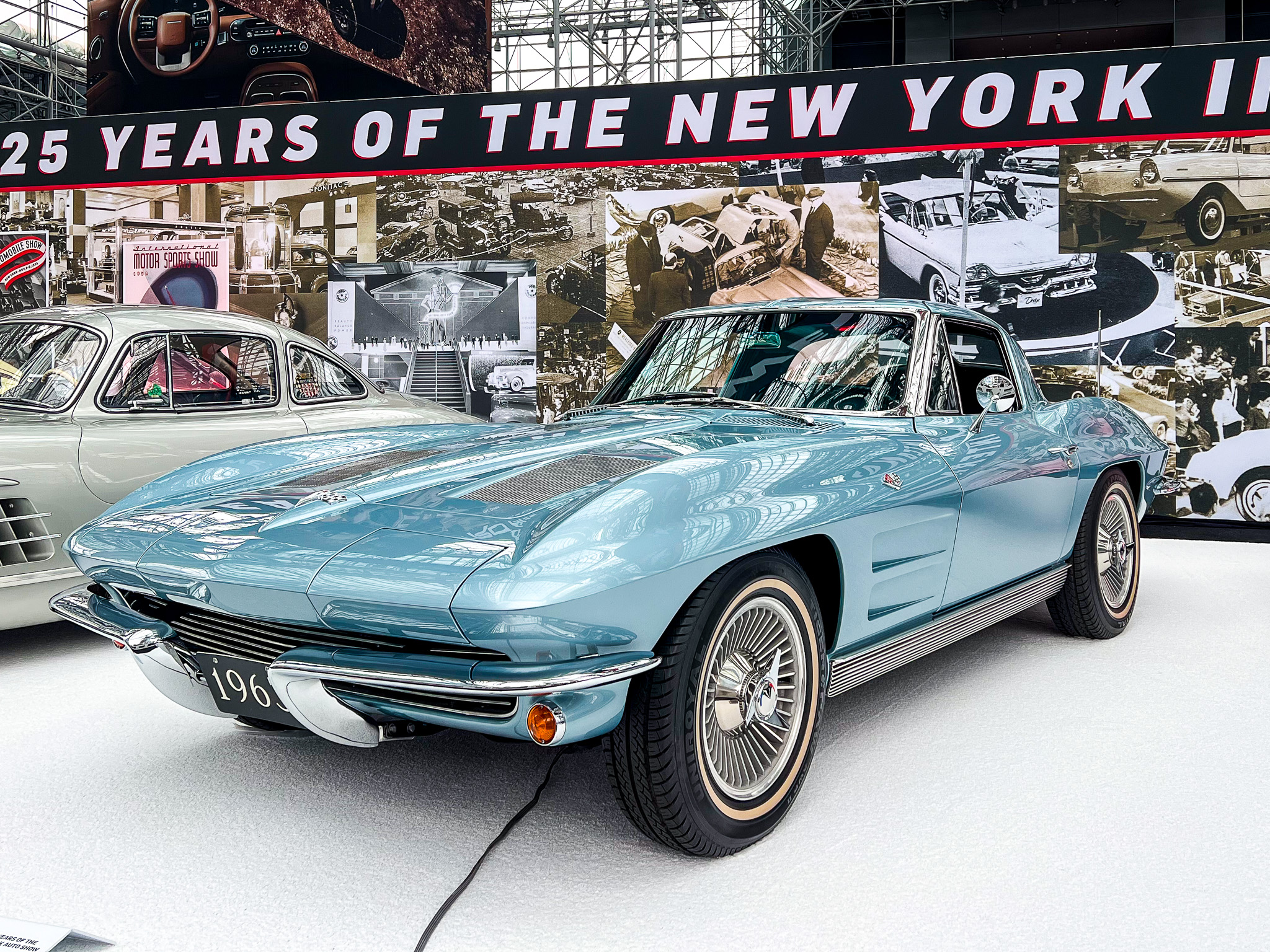
1963 Chevrolet Corvette Split-Window Coupe
The 1963 Corvette Split-Window is one of the most recognizable and collectible American cars ever made. This model marked the debut of the second-generation Corvette (C2), featuring a bold, futuristic design by Bill Mitchell. The split rear window, only produced for one year, gave the car its iconic look. Equipped with a 327-cubic-inch V8 engine, it delivered up to 360 horsepower, making it a powerhouse of the muscle car era.
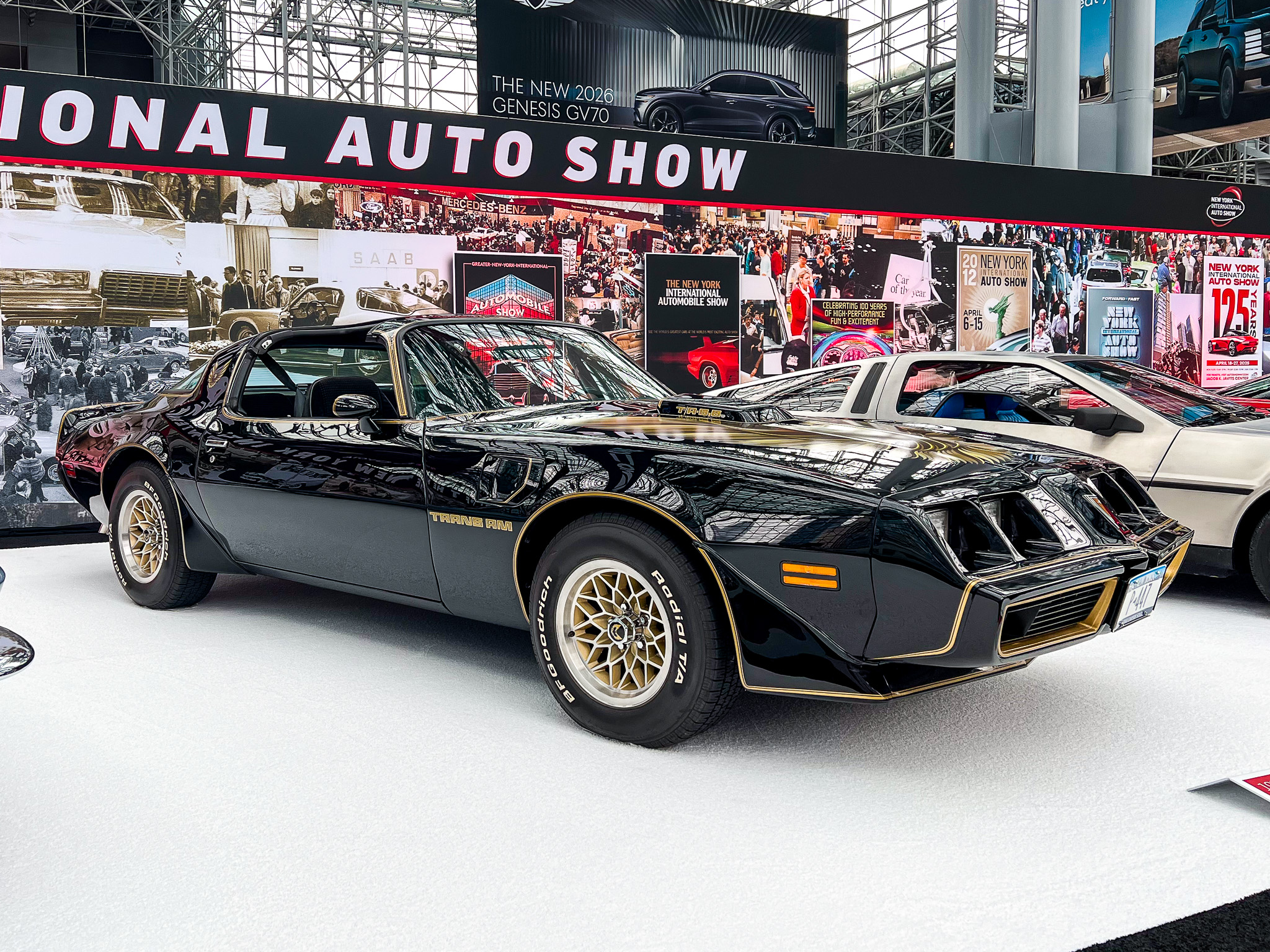
1979 Pontiac Firebird Trans Am
A symbol of 1970s American muscle, the 1979 Trans Am gained pop culture fame in films like Smokey and the Bandit. Its aggressive styling featured the affectionately named ‘screaming chicken’ hood decal and a bold front grille. Under the hood, it packed a 6.6-liter V8 engine with 220 horsepower. With its T-top roof and rumbling exhaust, the Trans Am defined the era’s rebellious, road-tripping spirit.
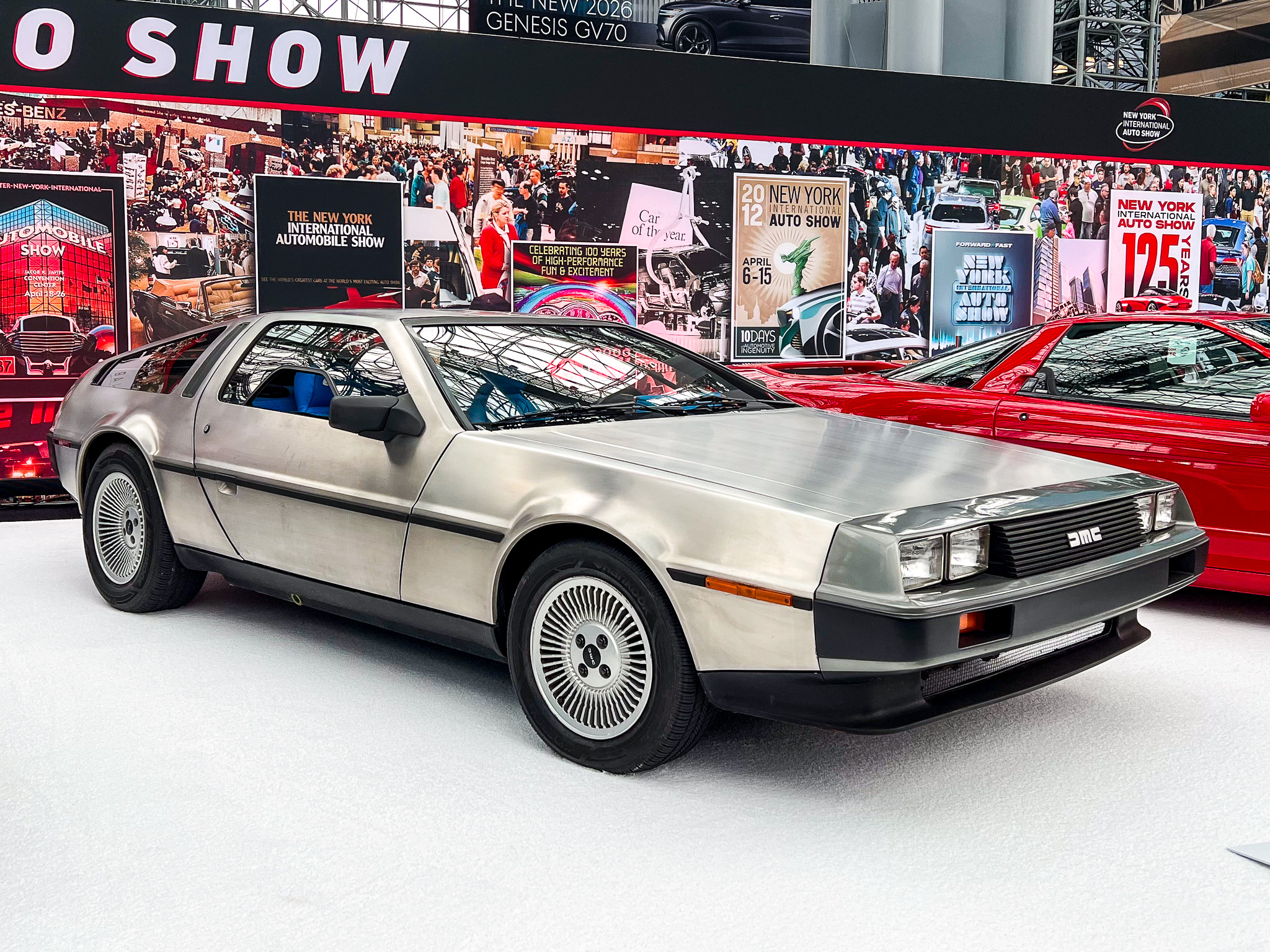
1981 DeLorean DMC-12
The DeLorean DMC-12 became a pop culture icon, thanks to its starring role in Back to the Future. Designed by Giorgetto Giugiaro, it featured distinctive gullwing doors and a brushed stainless steel body. Powered by a 2.85-liter V6 engine with 130 horsepower, it offered a futuristic look but modest performance. Today, it remains a symbol of 1980s innovation and automotive ambition.
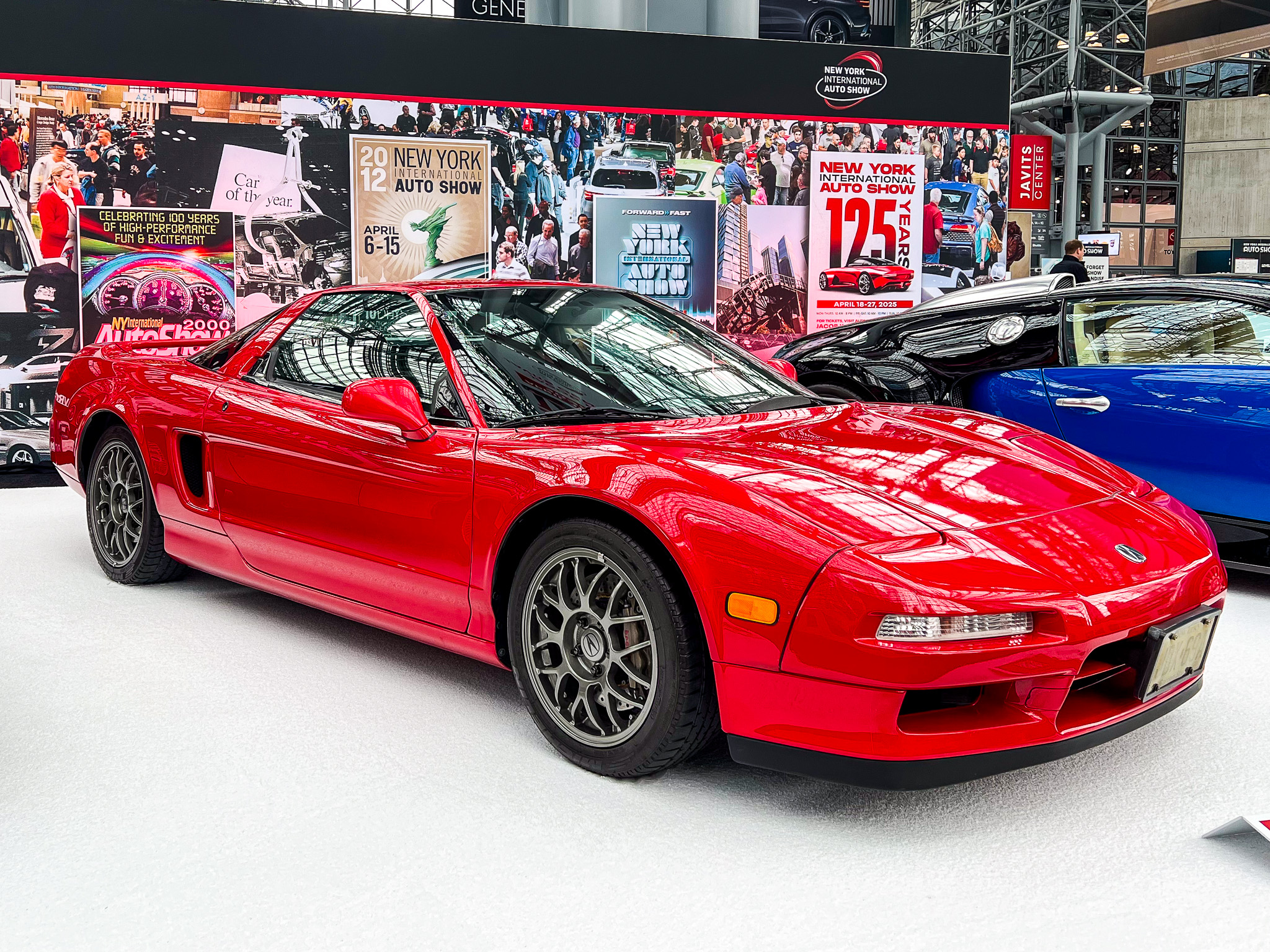
1999 Acura NSX
The 1999 Acura NSX redefined the supercar with its mid-engine precision and daily-drivable practicality. Developed with input from Formula 1 legend Ayrton Senna, it featured a 3.2-liter V6 engine with 290 horsepower and a lightweight aluminum body. Its balanced handling and reliability made it a favorite among driving purists, inspiring generations of performance cars.

2006 Bugatti Veyron 16.4
The 2006 Bugatti Veyron shattered automotive records as the world’s first 1,000-horsepower production car. Powered by a quad-turbocharged 8.0-liter W16 engine, it delivered 1,001 horsepower and a jaw-dropping top speed of 253 mph. With its luxurious interior and mind-blowing performance, the Veyron set a new benchmark for hypercars, combining engineering excellence with opulent styling.
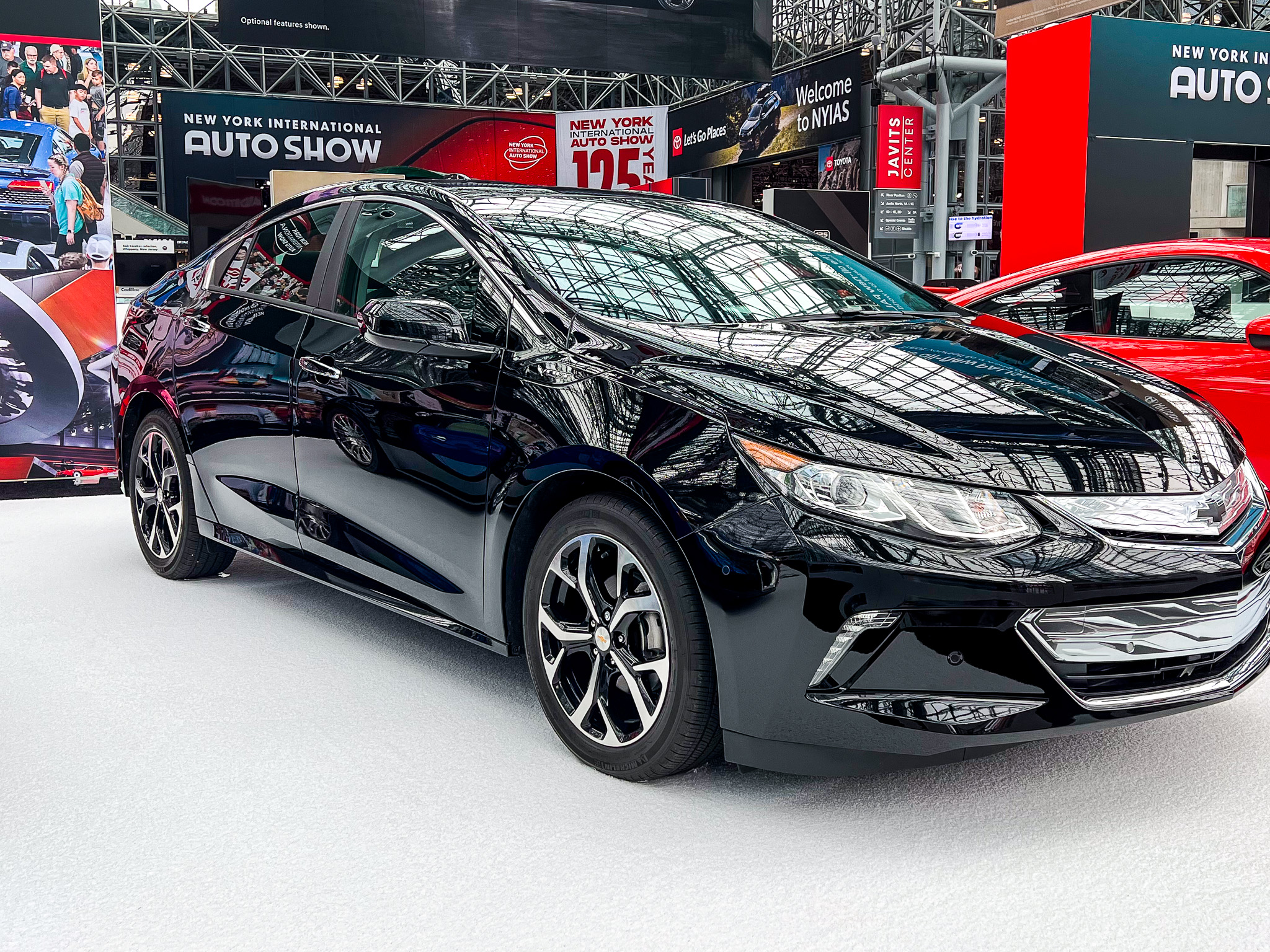
2019 Chevrolet Volt
The Chevrolet Volt marked a turning point in electrified driving. As America’s first mass-produced plug-in hybrid, it combined a gasoline-powered generator with a battery-electric drivetrain, offering 35 miles of all-electric range and a total range of over 350 miles. The Volt paved the way for mainstream EV adoption, proving that electric performance could be practical and accessible.
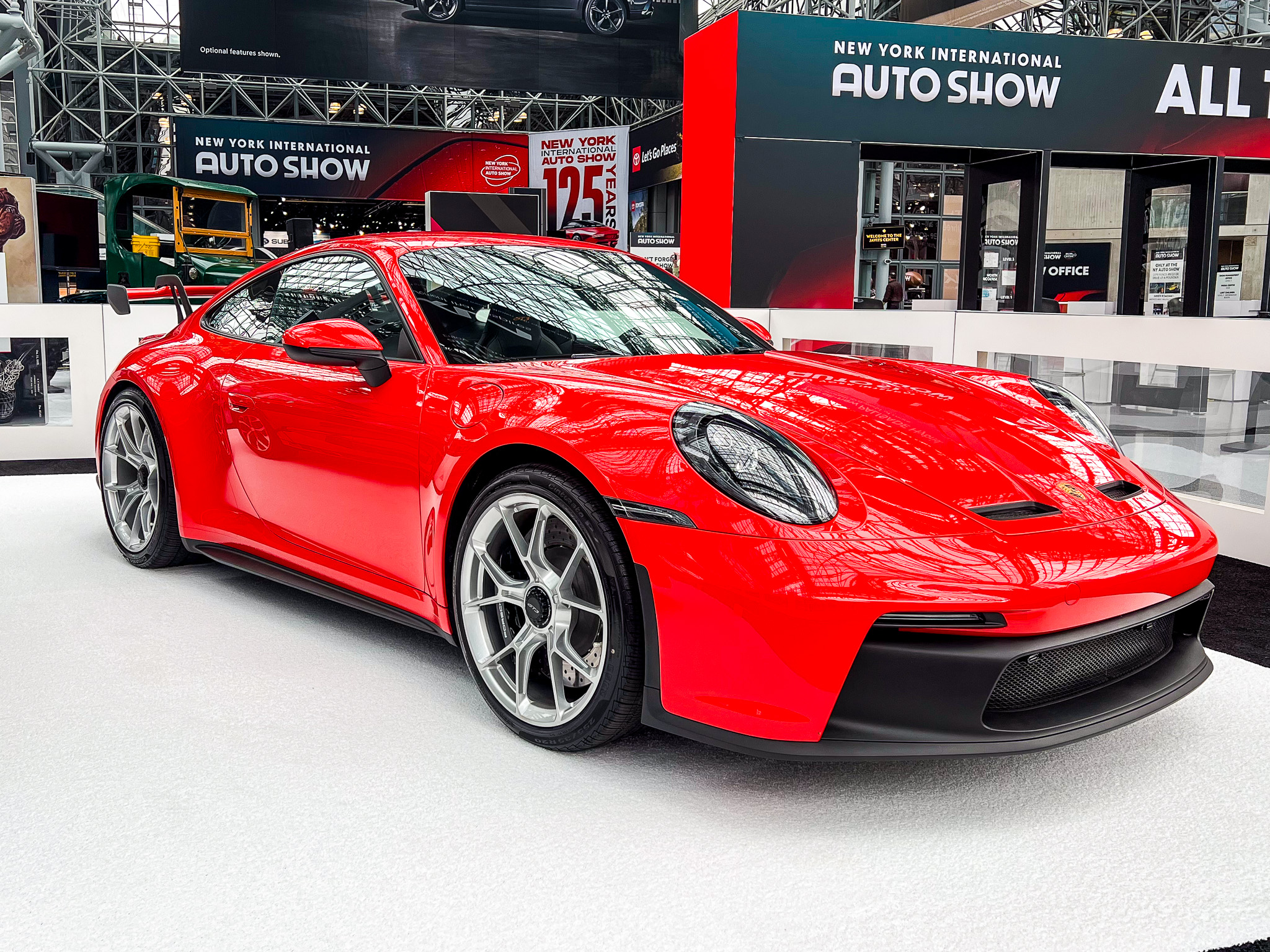
2022 Porsche 911 GT3 RS
The 2022 Porsche 911 GT3 RS is the pinnacle of track-inspired performance for the modern era. Its 4.0-liter flat-six engine produces 518 horsepower, paired with a lightning-fast 7-speed PDK transmission. Featuring aggressive aerodynamics, including an oversized rear wing and motorsport-derived suspension, it offers razor-sharp handling and blistering lap times, making it a street-legal race car.
